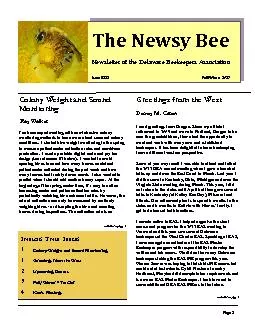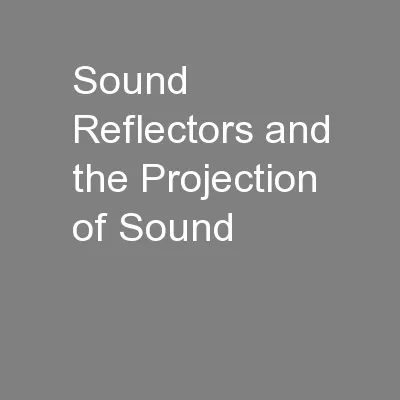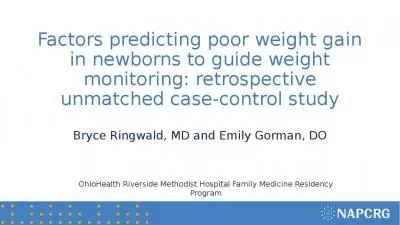PDF-Colony Weight and Sound Monitoring
Author : trish-goza | Published Date : 2015-09-11
Page 1 I NSIDE T HIS I SSUE 1 1 Greetings from the West 2 Upcoming Events 3 FallWinter x201DTo Dox201D 4 Kenx2019s Musings Greetings from the West Dewey M Caron I
Presentation Embed Code
Download Presentation
Download Presentation The PPT/PDF document "Colony Weight and Sound Monitoring" is the property of its rightful owner. Permission is granted to download and print the materials on this website for personal, non-commercial use only, and to display it on your personal computer provided you do not modify the materials and that you retain all copyright notices contained in the materials. By downloading content from our website, you accept the terms of this agreement.
Colony Weight and Sound Monitoring: Transcript
Download Rules Of Document
"Colony Weight and Sound Monitoring"The content belongs to its owner. You may download and print it for personal use, without modification, and keep all copyright notices. By downloading, you agree to these terms.
Related Documents














